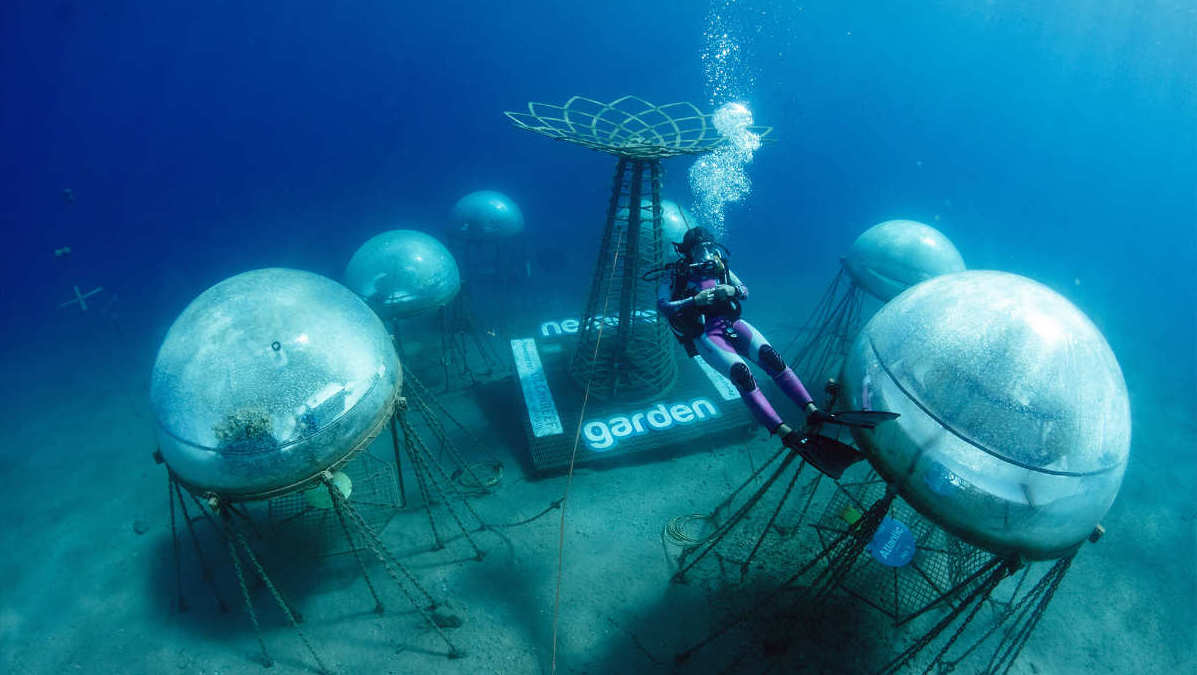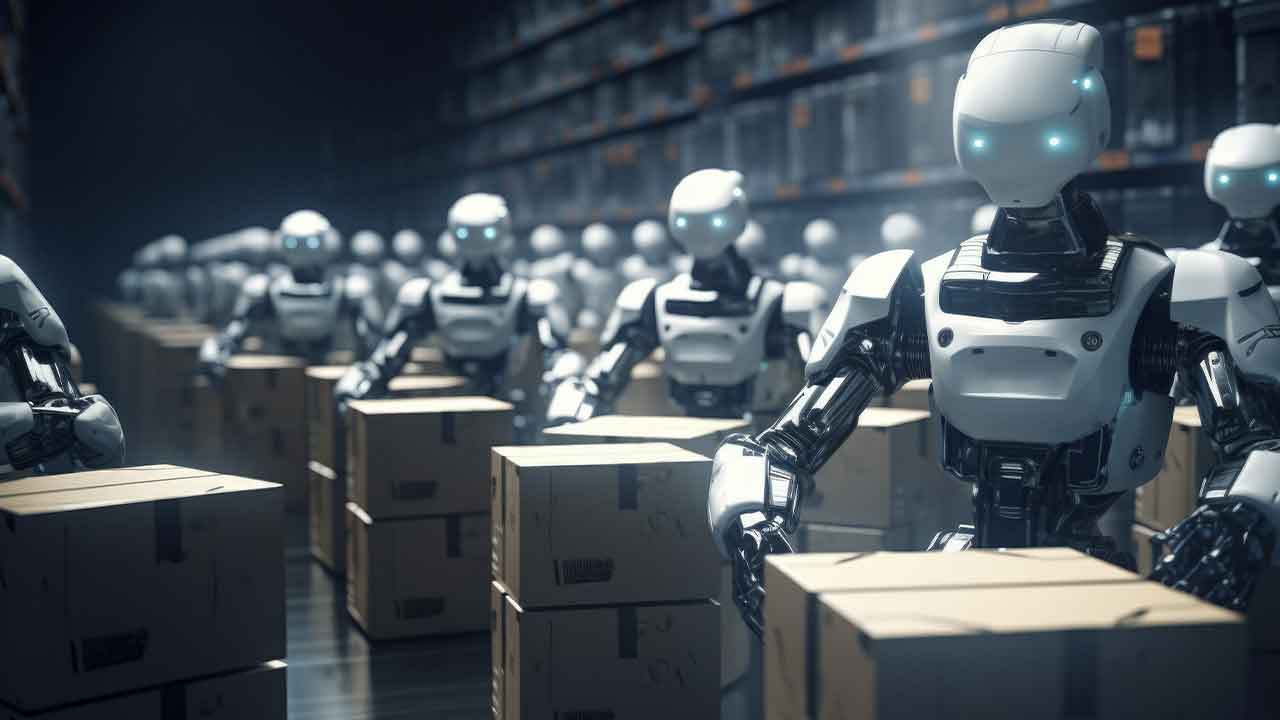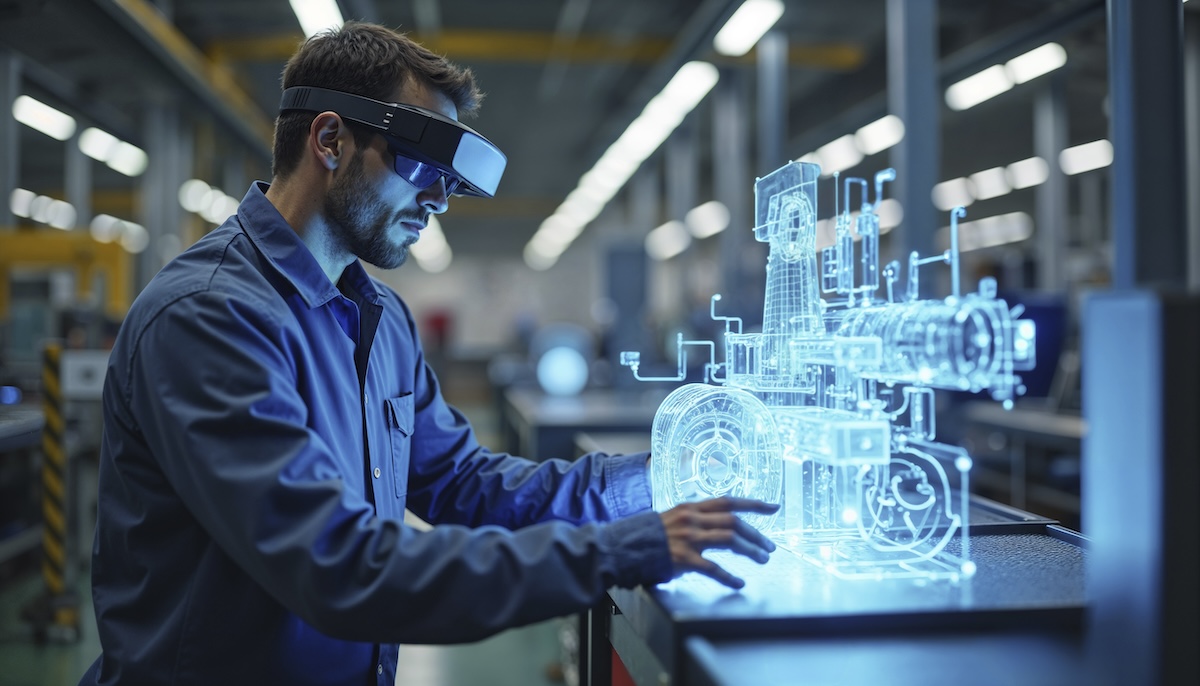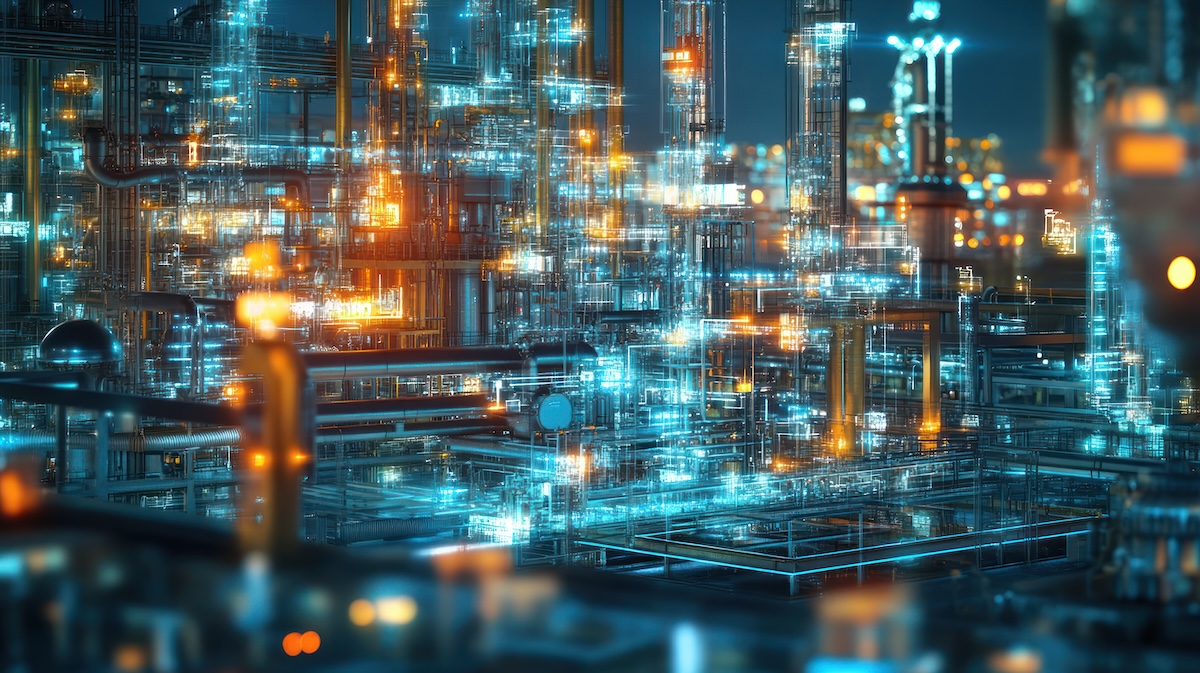Nemo’s Garden is using Digital Twin technology to accelerate underwater farming
Nemo’s Garden, the first project of its kind, has one bold goal: to create an alternative agriculture system, specially dedicated to those areas where environmental conditions or morphological reasons make plants growth extremely difficult. The team has successfully harvested a variety of crops from its prototype biospheres and discovered that plants grown in this environment are nutritionally richer than those grown traditionally. The next big hurdle in achieving their goal was to turn this prototype into an underwater garden solution that could be deployed globally; however, they didn’t want to wait another ten years to make that happen.
Today, Siemens Digital Industries Software announced that Nemo’s Garden had deployed Siemens’ Xcelerator portfolio of software and services to shorten its innovation cycles and move more rapidly towards industrialization and scale.
What is Nemo’s Garden?
Nemo’s Garden was founded in 2012 by Sergio Gamberini, President of Italian scuba diving equipment manufacturer Ocean Reef Group, and his son, Luca Gamberini. Their team of engineers, divers, and scientists has been working to prove the viability of cultivating herbs, fruit, and vegetables underwater. Nemo’s Garden’s key innovation, a sub-aqua biosphere, is a unique type of underwater greenhouse. It can harness the ocean’s positive environmental factors – temperature stability, evaporative water generation, CO2 absorption, the abundance of oxygen, and inherent protection from pests – to create an environment ideal for crop cultivation.
Design changes, lengthy physical testing, and heavy manual monitoring processes during the growth cycle led the Nemo’s Garden team to seek out ways to speed up their innovation and scale the operation of this underwater garden. As a result, Siemens was invited to join the project, leveraging the Xcelerator portfolio of software and services. Siemens helps Nemo’s Garden get to the next stage of development and get ready for industrialization/commoditization.
“Garden is a one-of-a-kind system, and we need to adapt to each environment where it is to be installed. If you can model that environment virtually before you start, you can foresee the challenges and address them the best way,” said Luca Gamberini, Co-Founder of Nemo’s Garden. “We have seen benefits in understanding the flow of water around the shapes of our biospheres. We have a greater understanding of the stress points on the structure around the biospheres. We also understand how the different interactions of solar radiation, temperature, and physical factors, act on the plants. All thanks to the ability of the digital twin to replicate our system.”
A comprehensive digital twin of the Nemo’s Garden biosphere has been built. It encompasses its design evolution and enables simulation of the growing conditions within it, the impact of the equipment on the body of water, and the entire environment in which they are installed. The Nemo’s Garden team is no longer limited by weather conditions, seasonality, short growing seasons, or limitations on diving and monitoring. Adaptations to the biospheres can be tested in the virtual world, enabling the team to refine the design at a massively accelerated rate.
Monitoring at the edge
In addition to engineering the physical biosphere of this underwater garden, Nemo’s Garden also needed to optimize and scale the plants’ growing, tracking, and harvesting. To create a sustainable business that did not rely on sending trained divers to collect data, a fully digital, automated approach drew on Siemens’ extensive experience in leveraging software to automate traditional farming practices.
Existing video of the growing cycles and reference data from traditional farming operations of the same target crops at various growth stages and health conditions was analyzed using Siemens’ MindSphere® service. From this, Siemens was able to train a machine-learning algorithm to monitor plant growth and the environmental conditions within the domes.
When this algorithm is deployed onto Siemens’ Industrial Edge computing devices in each biosphere, the plants can be monitored via a cloud-based dashboard throughout the season, from anywhere, in real-time. Next season, these Industrial Edge devices will be connected to actuators – to automatically adjust air circulation, humidity, irrigation, and nutritional dosing throughout the whole season. This will be the foundation of a global agricultural service optimized for subsea operations and tuned for each of the world’s oceans. More about Machine Learning in agriculture: challenges and solutions
Through the true adoption of digital transformation, Nemo’s Garden is turning its unique concept into a commercially viable subsea farming platform that can sustainably be deployed globally. While the newly designed biospheres will not be deployed until the next growing season, thanks to the comprehensive digital twin of the growing environment, the team continues to push forward with plans to optimize their designs further and automate their processes for global deployment.



